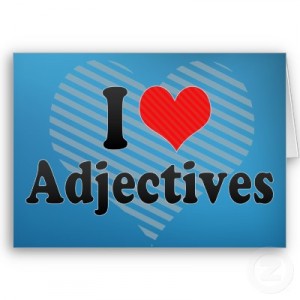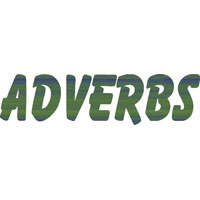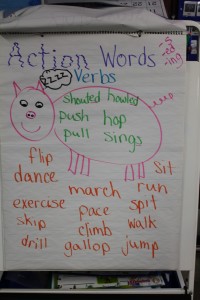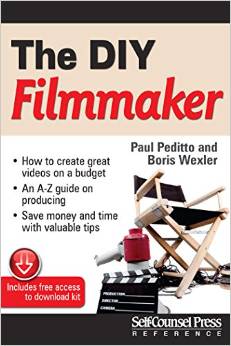 Occasionally I’ll have a fiction student invade a film and video class. Their “head” is different. I’ll look at their screen description and see liberal use of adjectives and adverbs. Dense detail, terrific stuff. Because, in the fiction world, a novel can be 300 or 800 pages, they have the freedom to embellish not just description but dialogue. They can also throw in internal narration; put us right into the head of the character through WORDS. Looks great on the page.
Occasionally I’ll have a fiction student invade a film and video class. Their “head” is different. I’ll look at their screen description and see liberal use of adjectives and adverbs. Dense detail, terrific stuff. Because, in the fiction world, a novel can be 300 or 800 pages, they have the freedom to embellish not just description but dialogue. They can also throw in internal narration; put us right into the head of the character through WORDS. Looks great on the page.
Only…
Screenwriting isn’t about what’s on the page. Here’s where the disconnect comes in for fiction students… Film is a VISUAL medium. The juxtaposition of images is paramount. Words compliment the image, but they follow the image in importance. You’re writing a screenplay, not the Great American novel. That means not killing the reader with purple prose. Just because you can write effective adjectives and adverbs doesn’t mean you should. When it comes to pumping up screen direction, ask yourself: Do I need it?
How do you know if you need it? Ask: How does it advance character or plot?
You just have to pick your spots. If it’s a scene where a character grabs a coffee at Starbucks, as a reader, I really, really don’t care about the faux fireplace flame warming the caramel brulee latte drinkers. If, however, my protagonist has been estranged from his father for a decade, some extra detail about the scene where they reunite would be welcome.
See the difference?
I am an adverb and adjective hater. I admit it. Less is more.
Here’s a list of 1,001 adjectives, to be used in screen direction like this:
INT. ABBY’S APARTMENT- NIGHT
Amid the thundering din of lightning, Abby’s hissing cat Algernon moves from the window, down the long, twisting corridor and up the steep, curving staircase by the delicate, pink porcelain Ming vase away from the rude, deafening storm and toward his powder blue, freshly-cleaned, minty-smelling litter box.
INT. CLIVE’S APARTMENT- DAY
The gentle, happy-go-lucky, porcine, rolly-polly fatman Clive moves one last bite of food onto his fork, and toward his mouth-- a miniature, teeny-tiny, wafer thin mint.
Folks, I don’t care! I don’t care if the litter box is minty clean! Or that the staircase is curvy or the Ming vase is pink! Not unless it impacts story or character! Don’t think you impress the reader, either. You’re not. His tired eyes know what a fat man looks like. He doesn’t need the rolly-polly or porcine.. He gets it!
Less is more.
 Same deal with adverbs. Let me demonstrate by borrowing from the list of S adverbs:
Same deal with adverbs. Let me demonstrate by borrowing from the list of S adverbs:
EXT. WILFRED’S HOUSE- MORNING
Solemnly closing his car trunk, Wiliford stealthily looks toward the swaying backyard elm. He walks slowly toward the sleepily standing mansion left to him in Father’s will. The hoot owl’s shrilly singing feels like no welcome at all. He sadly lifts his single bag, sheepishly moving toward the front door.
Walks slowly? C’mon! A 5th grader writes that, not someone who gets Finalist at Nicholl. Not someone who gets agency representation or has her script optioned. Pick your verbs well and you won’t need the damn adverb!
Try this: Before you send that script out, highlight every verb, go to thesaurus.com and find a stronger choice for each. Is that a pain in the ass? Sure it is! It’s also what differentiates you from the 50,000 others newbies writing scripts. Control what you can control. Verbs, you control them.
Be a adjective and adverb hater. It’ll make you a stronger writer, promise.


